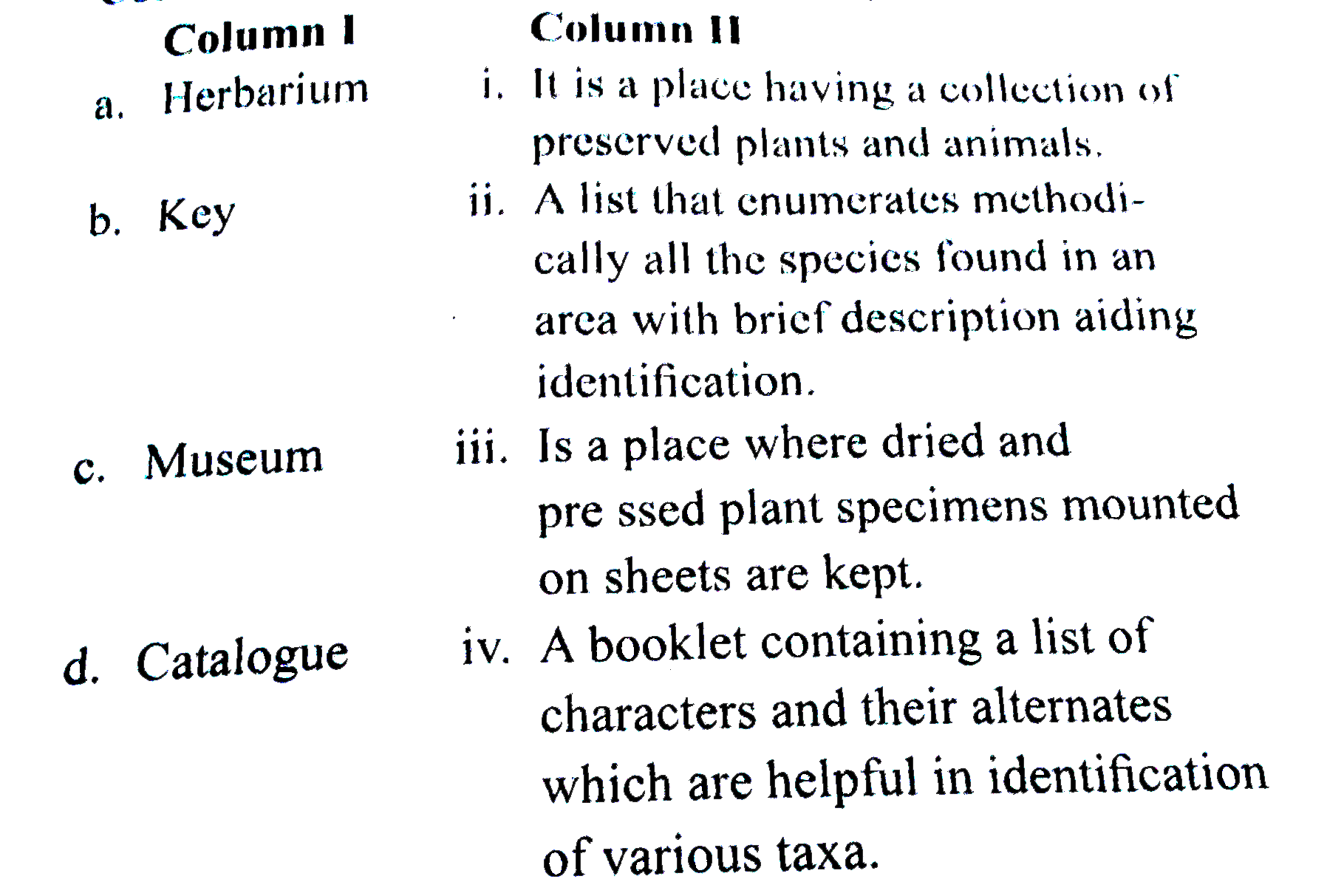In photosynthesis, ATP is synthesized during
Cyclic photophosphorylation
Non-cyclic photophosphorylation
Both (1) and (2)
In the photolysis of water
The correct Answer is:C
Step-by-Step Solution:
1. Understanding Photosynthesis: Photosynthesis is the process by which green plants, algae, and some bacteria convert light energy into chemical energy in the form of glucose. This process occurs mainly in the chloroplasts of plant cells.
2. Role of ATP in Photosynthesis: ATP (adenosine triphosphate) is a crucial energy carrier in cells. During photosynthesis, ATP is synthesized to provide the energy needed for various biochemical reactions, including the conversion of carbon dioxide into glucose.
3. Photophosphorylation: The synthesis of ATP during photosynthesis is known as photophosphorylation. This process occurs in two main forms: cyclic photophosphorylation and non-cyclic photophosphorylation.
4. Cyclic Photophosphorylation: In cyclic photophosphorylation, only ATP is produced. This process involves the flow of electrons in a cyclic manner through the photosystem, leading to the generation of ATP without the production of NADPH.
5. Non-Cyclic Photophosphorylation: In non-cyclic photophosphorylation, both ATP and NADPH are produced. This process involves the flow of electrons from water through the photosystems, resulting in the splitting of water (photolysis) and the release of oxygen.
6. Photolysis of Water: Photolysis of water is the process where water molecules are split into hydrogen ions, electrons, and oxygen. This occurs during the light-dependent reactions of photosynthesis but is not directly responsible for ATP synthesis.
7. Conclusion: Based on the information, ATP is synthesized during both cyclic and non-cyclic photophosphorylation. Thus, the correct answer to the question is that ATP is synthesized during both types of photophosphorylation.
Final Answer: Both cyclic photophosphorylation and non-cyclic photophosphorylation.
---
Topper's Solved these Questions
- PHOTOSYNTHESIS IN HIGHER PLANTSBook:CENGAGE BIOLOGY ENGLISHChapter:PHOTOSYNTHESIS IN HIGHER PLANTSExercise:ASSERTION -REASONING QUESTIONS
Explore 5 Videos
- PHOTOSYNTHESIS IN HIGHER PLANTSBook:CENGAGE BIOLOGY ENGLISHChapter:PHOTOSYNTHESIS IN HIGHER PLANTSExercise:ARCHIVES
Explore 30 Videos
- NEET 2018 PAPERBook:CENGAGE BIOLOGY ENGLISHChapter:NEET 2018 PAPERExercise:MCQ
Explore 48 Videos
- PLANT GROWTH AND DEVELOPMENT Book:CENGAGE BIOLOGY ENGLISHChapter:PLANT GROWTH AND DEVELOPMENT Exercise:Archives
Explore 28 Videos
Similar Questions
Assertion :In C4 plants, the chloroplasts of bundle sheath cells are granal.
Reason: PS II is mostly found in the appressed part of granum.
View SolutionThe first acceptor of electrons from an excited chlorophyll molecule of photosystem II is
(a) Quinone
(b) Cytochrome
(c) Iron-sulfur protein
(d) Ferredoxin
View SolutionMatch the items given in Column I with those in Column II and select the correct option given below :

View SolutionOpening of floral buds into flowers, is a type of
View SolutionDuring aerobic respiration maximum ATP is synthesized by
View SolutionATP formation during photosynthesis is
View SolutionIn photosynthesis, ATP is synthesized during
View SolutionATP synthesis during photosynthesis is termed as
View Solutionप्रकाश-संश्लेषण के दौरान ATP संश्लेषण कहलाता है -
View SolutionATP formation during photosynthesis is termed as
View SolutionThree molecules of ATP are synthesized during glycolysis.
View SolutionATP formation during photosynthesis is known as
View SolutionDuring aerobic respiration maximum ATP is synthesized by:
View SolutionDuring which steps of glycolysis is ATP synthesized?
View SolutionMaximum number of ATP is synthesized during oxidation of
View Solution
